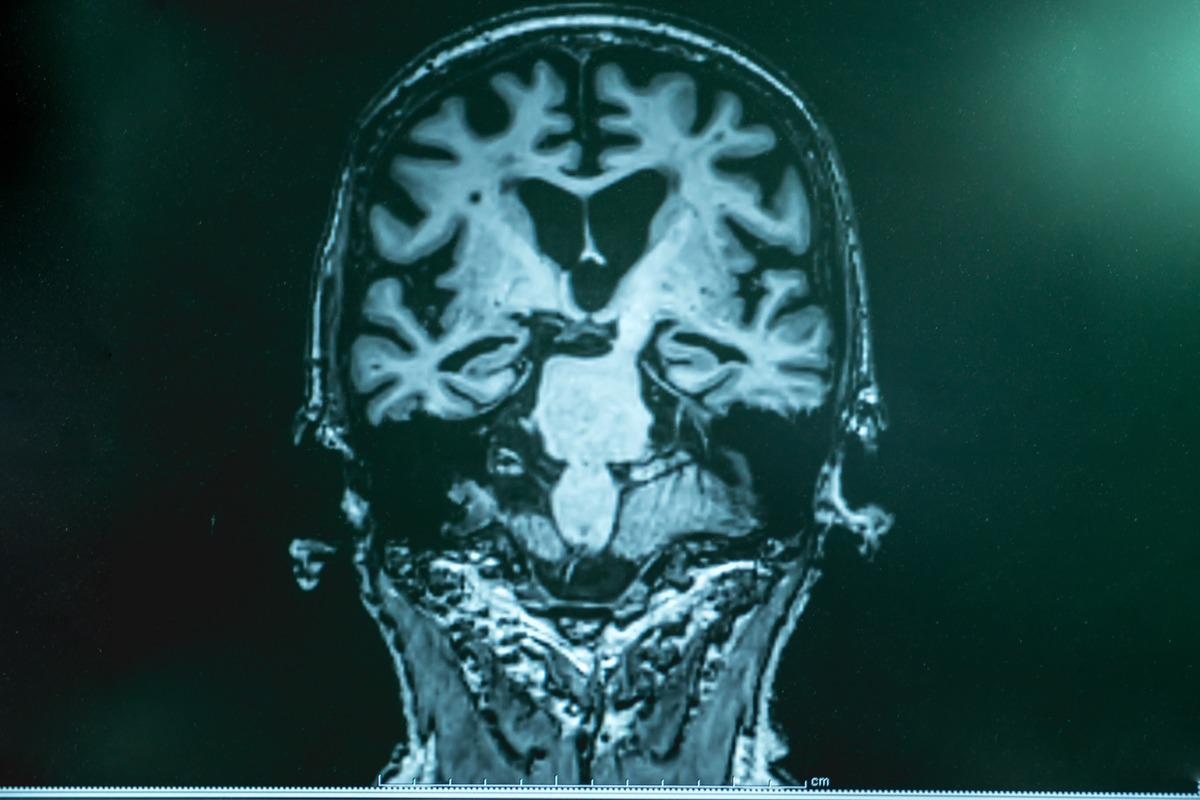Reviewed by Danielle Ellis, B.Sc.Apr 21 2022
The loss of functional neurons in the brain is a characteristic of Alzheimer’s disease. What, on the other hand, is the source of this loss?

Image Credit: Atthapon Raksthaput/Shutterstock.com
Researchers from Boston Children’s Hospital, Brigham and Women’s Hospital, and the Broad Institute used single-cell genome sequencing to prove that people with Alzheimer’s have plenty of newly gained mutations in their neurons, more than people of similar age without Alzheimer’s—enough to deactivate genes critical to brain activity. On April 20th, 2022, the results were published in Nature.
Cells have repair pathways to undo DNA damage, but our work shows that in Alzheimer’s disease, neurons can’t keep up with the repairs, so the damage is permanent and cumulative. This work provides a new way of thinking about neurodegenerative diseases such as Alzheimer’s, suggesting that they impair the ability of neurons to use their genome.”
Christopher Walsh, MD, PhD, Study Co-Senior Investigator and Chief, Genetics and Genomics, Boston Children’s Hospital
Walsh was also an Investigator of the Howard Hughes Medical Institutes.
The research could also assist to draw the dots between neuronal loss and the well-documented amyloid- and tau protein buildup in Alzheimer’s disease. The team’s findings show that the mutations are produced by reactive oxygen species (ROS), which are molecules that can oxidize and destroy DNA. Both amyloid and tau can cause the generation of reactive oxygen species (ROS), and ROS levels have been reported to be higher in Alzheimer’s patient’s brains.
Miller, Huang, and colleagues looked at single-cell whole-genome sequencing information from 319 neurons in the prefrontal cortex and hippocampus of Alzheimer’s patients and neurotypical individuals of the same age. These areas play a significant role in cognitive function.
They discovered not just more mutations in Alzheimer’s patients, but also variations in the structure of mutations when compared to typically aging brains. Unlike mutations in typically aging brains, these alterations—shifts in certain bases or “letters” that form DNA—were known to be generated by ROS. The researchers also discovered clear signs of high oxidation in the neurons of Alzheimer’s patients.
August Yue Huang, PhD, an Instructor co-mentored by Walsh and Alice Lee, PhD, and co-first author of the article with Michael B. Miller, MD, PhD, of Boston Children’s Hospital and Brigham and Women’s Hospital, observes that inflammation generated by microglia could also lead to ROS production, in addition to amyloid-β. Microglia are brain immune cells that connect with neurons and have been demonstrated to be inappropriately active in Alzheimer’s disease.
“Neuroinflammation introduced by microglia might be one cause of oxidative damage to the genome,” Huang says.
The researchers believe that genes involved in brain function are particularly susceptible to alterations. The brain’s essential genes are often larger than usual, creating a larger target that is more prone to be “struck” and damaged. They are also more frequently switched on.
“Genes with a higher level of expression in the brain—and are therefore more likely to have critical functions—had a higher mutation burden,” adds Huang.
Treatment implications?
It is comforting to think that antioxidants could help with Alzheimer’s, but scientists want to learn more about how the DNA is oxidized and what impact inflammation and immunological responses may have.
We want to look at other neurodegenerative diseases like frontotemporal dementia, ALS, and chronic traumatic encephalopathy to see whether there’s a limit to the number of mutations in the brain that a neuron can tolerate. We’ve demonstrated that in Alzheimer’s disease, neurons cannot tolerate widespread oxidation of the genome, which results in permanent damage that can’t be fixed.”
Christopher Walsh, MD, PhD, Chief, Genetics and Genomics, Boston Children’s Hospital
Walsh worked on the study alongside Eunjung Alice Lee of Boston Children’s Hospital and Michael Lodato of the University of Massachusetts Chan Medical School as co-senior investigators.
Source:
Journal reference:
Miller, M. B., et al. (2022) Somatic genomic changes in single Alzheimer’s disease neurons. Nature. doi.org/10.1038/s41586-022-04640-1.